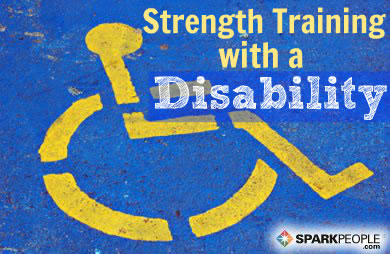|
In my almost 5 years of running in races ranging from the 5K to the marathon I have had the opportunity to meet hundreds of other runners of all shapes and sizes from all over the world. The great thing with running is there is not a standard 'runner's body' per se when it comes to the sport. While the elite runner may have less body fat than say a bodybuilder, there is no truth behind the notion that having longer, leaner legs makes for a faster more efficient runner. In fact leg length has little to do with speed. Speed comes from leg turnover--in other words the speed at which each foot strikes the ground in a specific period of time, and other factors such as the amount of fast twitch muscle fibers one has. However, it has been noted that the more weight a runner carries, the slower his/her time may be. As charity races become more popular race directors are looking at new ways to draw runners of all sizes to join in on the fun. In a recent blog published earlier this month in the New York Times, Tara Parker-Pope explores the world of Clydesdales and Fillies, terms used to describe male and female runners over a certain weight classification. This blog got me thinking as to whether or not heavier runners should be given their own classification. For years race directors have classified runners according to their age on race day, but in the late 1980's a trend of classifying runners according to weight started making the race circuit. The term Clydesdale refers to men over a weight of 200 pounds regardless of height. Filly, and in some running arenas the term Athena, is the classification given to women over 140, sometimes 150 pounds, regardless of their height. The idea behind this separate classification is to give some credit to runners who tend to be on the heavier side. With other sports such as boxing and wrestling classifying their athletes in weight categories, it seems fitting that the same could hold true for running. Carrying an extra 20-50 pounds or more can be a disadvantage when competing with lighter weight runners, but this does not mean the heavier runners are any less fit than their lighter counterparts. Studies have actually shown that weight is not the best predictor of health. So while we think nothing about classifying runners in an age category, shouldn't the same be true for their weight as well? In the over 100 races I have participated in, only a few have offered the weight category option. Although this topic is up for debate in running circles, I am of the mindset that whatever it takes to get people active and inspired to go out and run every week, than I am all for it. Trust me, there is nothing like crossing a finish line and feel as though you did what so many people never dared to do and that is to not only run the race, but to get out there during all types of weather conditions and train. If classifying a runner in a weight or age category is what it takes to get people motivated, than what is the harm? If you are classified as a Clydesdale or Filly, here is a link to the USA Clydesdale and Filly Racing Federation to find races across the country. I just love this quote from the website that reads, "We are runners, cyclists & swimmers 1st and Clydesdales and Fillies 2nd!" So true! Do you think there should be weight categories for runners? Do you think having a weight category takes away from the sport of running? |
Related EntriesMore From SparkPeople
|








.jpg)


.jpg)










